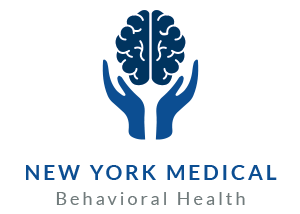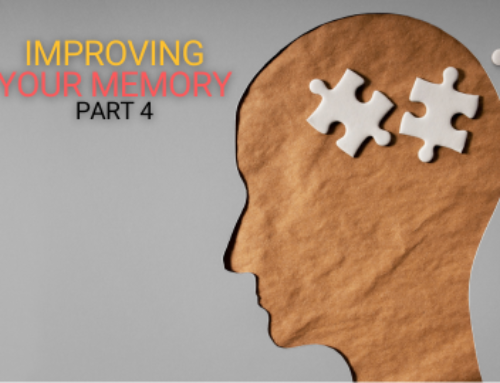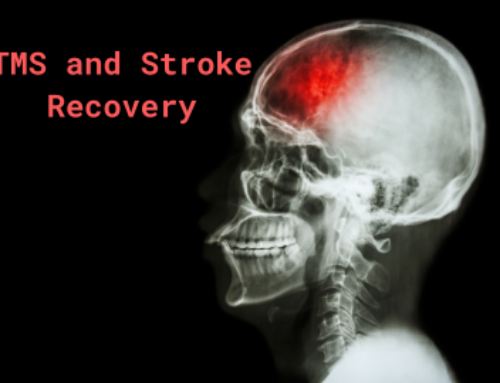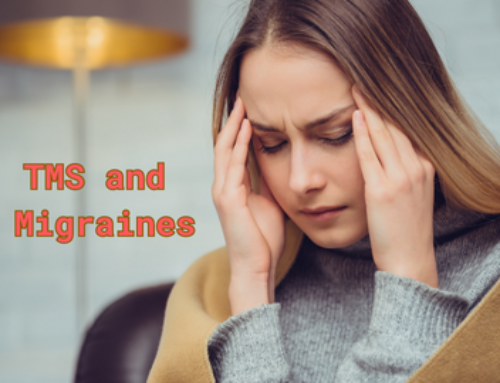Latest News on TMS
One of our favorite things about transcranial magnetic stimulation (TMS) is that it is, in the realm of medical advancements, a brand-new type of treatment. We use NeuroStar equipment to administer TMS and keep a close eye on developments so that we can continue to offer the best treatments possible for depression, anxiety, and a variety of other mental disorders. We have some exciting things to report about the state of research on TMS.
TMS has been a means of treating chronic pain and treatment resistant depression for some time, but it is also used to study chronic pain and depression. Soon, the assistance of a robot may become part of the practice. Multi-locus TMS (mTMS) uses magnetic transducers to control the intensity and placement of the electromagnetic pulses electronically. This way, stimulation can be redirected to different parts of the brain within a second.
TMS is being studied as a way to help slow the advancement of Alzheimer’s disease, the leading cause of dementia in senior adults. Existing treatments include blood pressure regulation and donepezil, a cholinesterase inhibitor. A 24-week trial studied TMS as applied to the symptoms of Alzheimer’s and found promising results. It helped stabilize patients’ condition and keep daily living activities consistent. A paper by Giacomo Koch et al. in the journal Brain details the effect of TMS on the area of the brain called precuneus when administered during the early stages of Alzheimer’s, finding it to slow cognitive deterioration.
Substance abuse research just got a boost with a grant won by Travis Baker, Assistant Professor at the Center for Molecular and Behavioral Neuroscience (CMBN) from the National Institute on Drug Abuse (NIDA), which is part of the National Institutes of Health (NIH). The grant will be used for a TMS-based study on fixing disordered reward processes in the brain. This approach seeks to bypass treating symptoms of substance abuse disorder like tolerance and withdrawal and go straight to exploiting the neuroplasticity of the brain.
A similar treatment to TMS called SAINT has been introduced. SAINT stands for Stanford accelerated intelligent neuromodulation therapy. Specifically, SAINT is the technology that is used to administer Stanford Neuromodulation Therapy (SNT). SAINT uses intermittent Theta Burst Stimulation, or iTBS. This is a lot like TMS but compressed and in shortened duration. According to Prof. Nolan Williams, MD, SAINT “could be a game changer.”
TMS is being continually evaluated as a tool for studying, diagnosing, and treating epilepsy, particularly for EPM1, or Unverricht-Lundborg disease, an uncommon but severe form of epilepsy. Non-invasive tests for determining a patient’s condition are invaluable at any stage. The neurotransmitter GABA (gamma-aminobutyric acid) is a major inhibitor in the brain and spinal cord, and using paired-pulse TMS along with observation of the inhibitory networks is showing promise as an assessment method.
We’re going to keep gathering news about TMS as it’s published, so stay tuned. Contact us on our website or call (585) 442-6960 anytime with questions or to make an appointment





